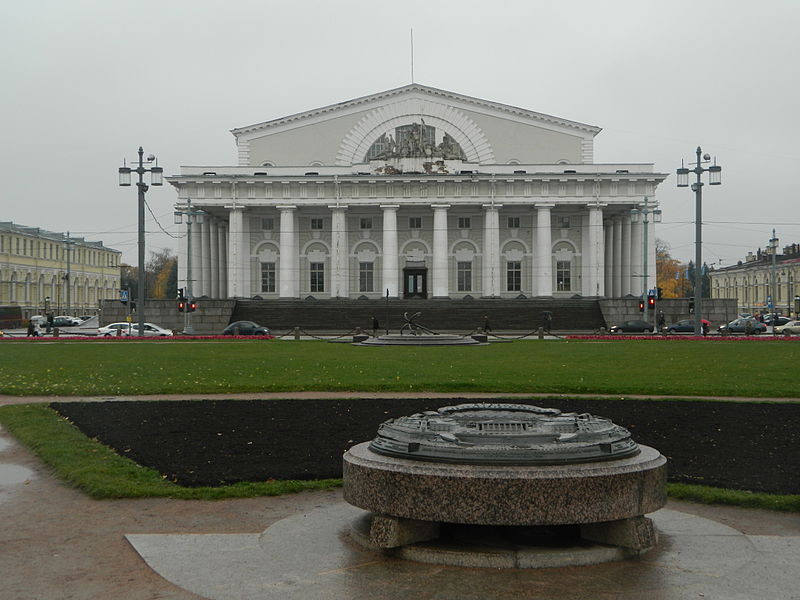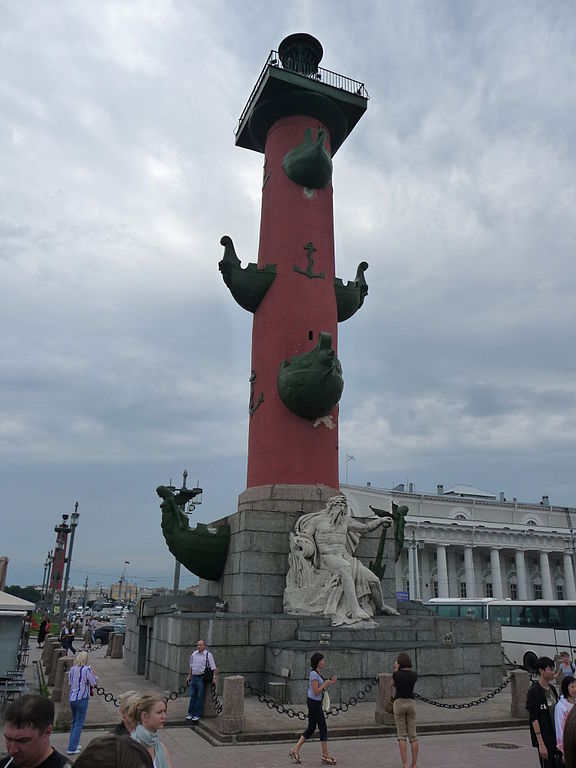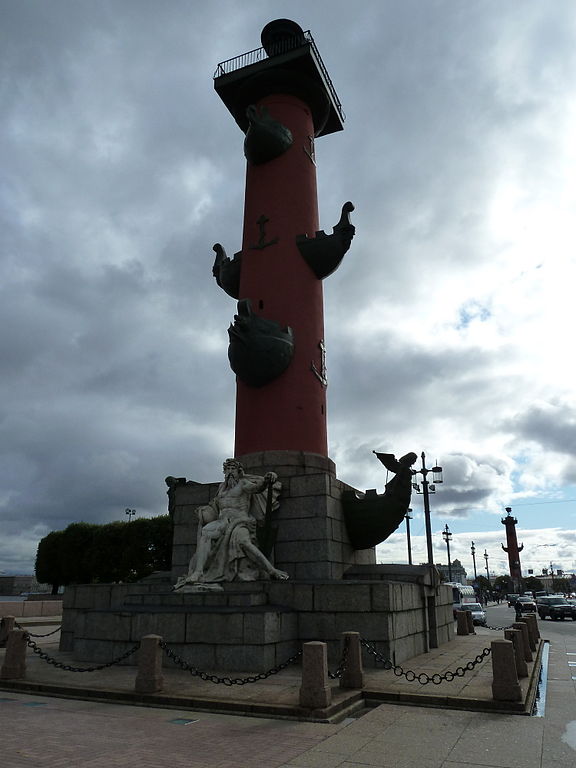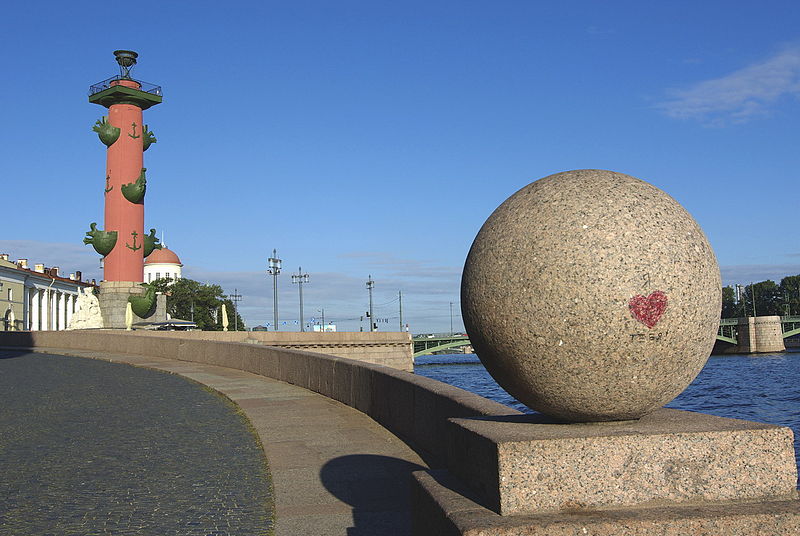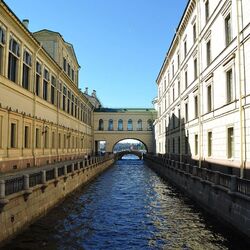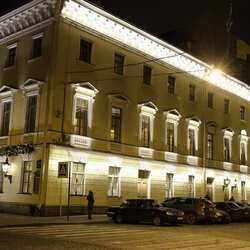Strelka of Vasilievsky Island
The arrow of Vasilyevsky Island is one of the most beautiful architectural compositions of St. Petersburg. An example of the harmonious fusion of urban architecture with the beautiful landscapes of the Neva River.
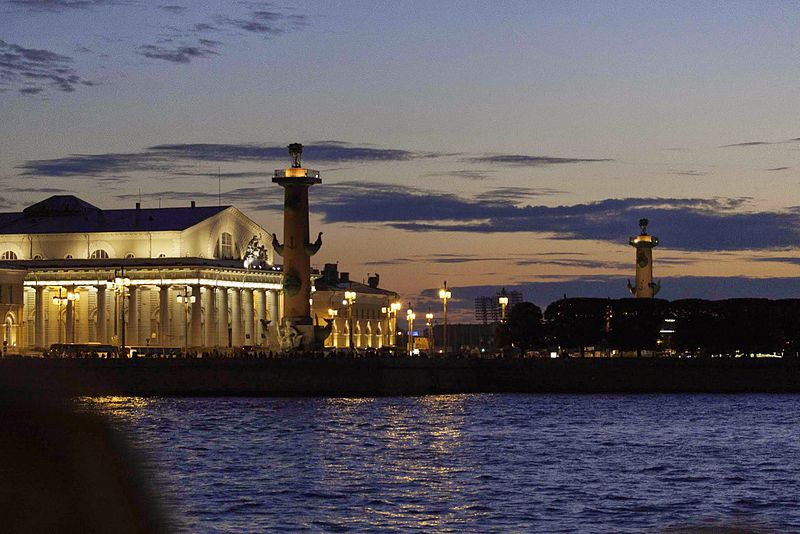
After Peter the Great laid out the Peter and Paul Fortress, he decided that the Northern Capital should be not only a naval fortress, but also an important trading center of the entire Russian Empire. Vasilyevsky Island was chosen as the port, the water area of which allowed to receive large vessels. And the place where the cape of the island divides the river into Bolshaya and Malaya Neva was called the Arrow of Vasilyevsky Island. Peter the Great's plans were to build a shopping mall here. According to this plan, architect Domenico Trezzini designed the square around which the stock exchanges, government offices, and Gostiny Dvor were located.
In the 1720s, they began to build the Kunstkamera building, as well as a palace for Tsarina Praskovya Feodorovna, but the palace was soon given over to the Academy of Sciences. The northern side was given over to the port and the stock exchanges, port warehouses, and customs were located on it. But then there was a huge wasteland between the academy and the shopping complexes, which began to be built up only in 1783. According to the project of Giacomo Quarenghi, the main building of the Academy of Sciences was built here, and in 1805-1810 a new stock exchange was built, as the needs of the growing Russian economy grew. The new building was built according to the style of Greek ancient temples, the entrance to which was guarded by columns decorated with sculptures of sea deities. To harmoniously fit the Exchange building, a semicircular embankment was artificially created, which increased the island by 100 meters. This square is now called Birzhevaya. A granite embankment was built near the shore, and the descents to the water were decorated with lion masks and huge granite balls. By the way, the Exchange building can be seen on the 50 ruble bill.
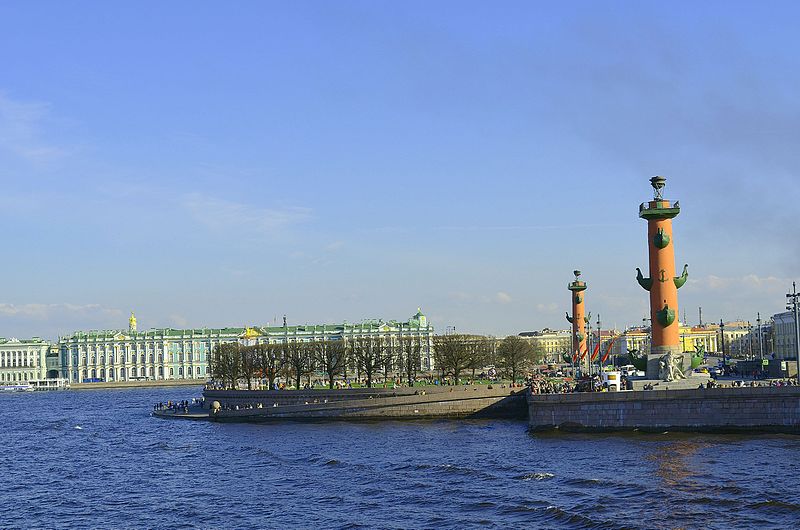
On the square near the Stock Exchange there are two 32-meter columns that served as lighthouses. The columns were decorated with anchors, the bow of the ships, and at the base there are large sculptures representing the rivers Volkhov, Volga, Neva and Dnieper. According to legend, in Ancient Rome, after victorious naval battles, columns were erected and decorated with rosters (a tip for ramming enemy ships). The columns of the lighthouses symbolize the power of Russia as a maritime ruler.
